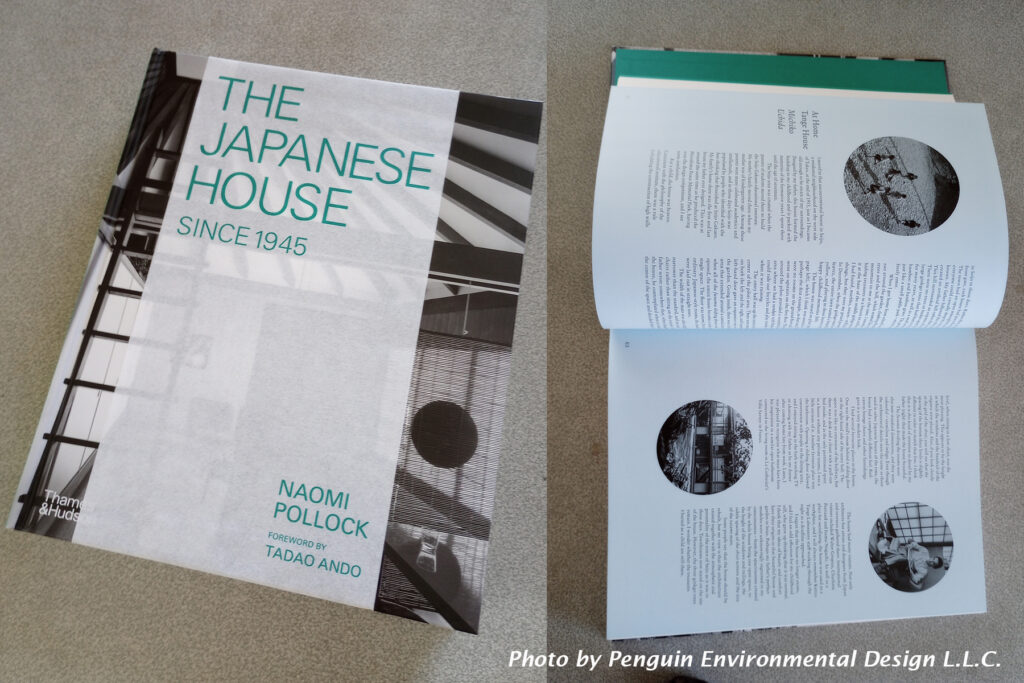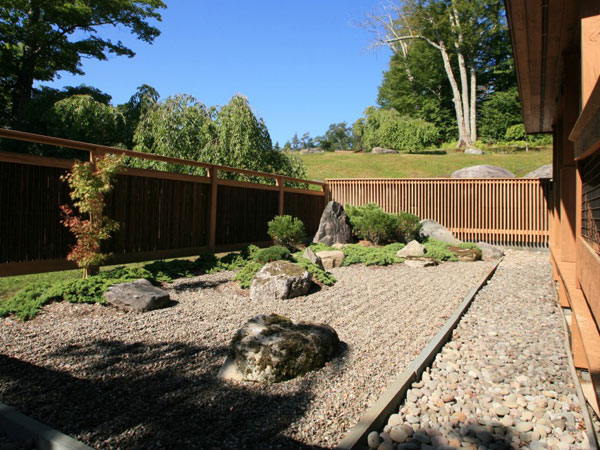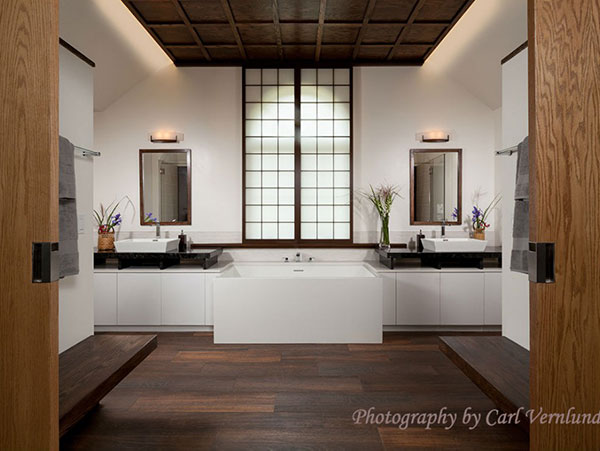I read the interesting book, “The Japanese House Since 1945”, written by Naomi Pollock. It introduces lots of houses designed by architects. In addition to the chronological explanation of the architectural history, unlike other architecture design books, Her book focused on the families who lived in the houses. That made me find unexpected discoveries. I was especially intrigued by the episode about Kenzo Tange’s own house.

Kenzo Tange, a prominent Japanese architect, built a house for his family. His house was often introduced to the media because of its contemporary design. It was famous because its form was similar to Hiroshima National Peace Memorial Hall in Hiroshima. To understand Japanese modern architecture, I have read the architectural reviews and looked at the information with plans, elevations, and photographs. Yet, I realized I did not understand Kenzo Tange’s design intent. He designed not only the house but also the garden for his children. The mound in front of the house was a playground for his and his neighbor’s children. The children could play in the piloti area under the entry hall on rainy days. Such episodes made me feel his affection for his family.
Architects are fathers, mothers, sons, daughters, or some members of the family they cherish. We need affection to design places. It sounds too ordinary. But we often forget the important thing.


